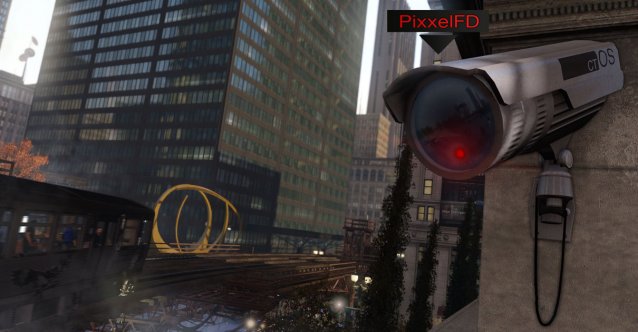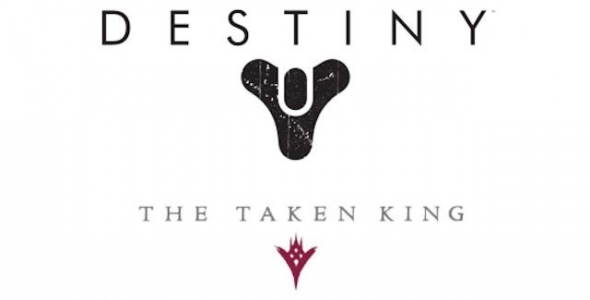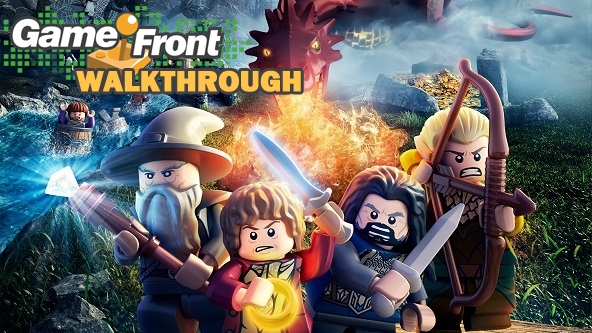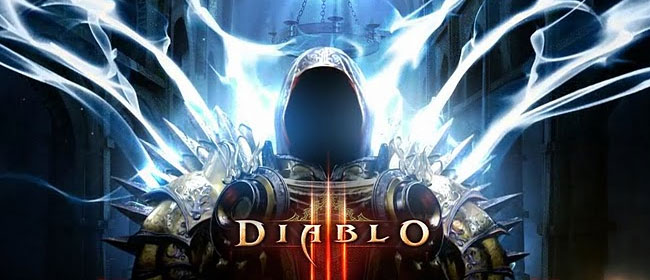

Super Mario Maker launches today, and eager creators are already busy constructing the stages of their dreams. With such a massive influx of stages incoming, how will you make yours stand out from the crowd? With patience, a careful eye, and some helpful tips, you can make a great one that will rise above the rest.
While a well-designed traditional Mario stage is always welcome, many of the ones that caught the most attention in pre-release play were stages with unique hooks. A popular stage might have riffed on Metroid's sense of exploration, or used the Bowser Copter to create a side-scrolling shoot-em-up, or relied on platforms and springs to create an entirely automated stage. If you have a unique concept in mind, you're already halfway there.
If you're making a more traditional Mario platforming stage, some planning ahead can pay off then too. Think about your stage's pacing. Do you have a good variety of challenges? Do you have difficult areas alongside more restful ones? Did you squirrel away some secrets for players to find? Coming up with a unifying concept works even for more traditional stages, so put some thought into it before you start laying down blocks.
Counting all of the tiers and variations you can find by shaking, Mario Maker sports dozens of items to place in your stages, and even more combinations between them. Resist the temptation to throw in everything and the kitchen sink. The best stages are the ones that pick a handful of assets and wring several different creative gameplay scenarios out of them. Usually the assets relate to each other in some way, so putting fire traps in your castle level or platforms in the sky area helps set the mood.
If you want to give your stage more variety without overcrowding it, consider putting in a pipe. Those let you design an entire sub-area, which you could make entirely different than your main area. That way you get to break up the similarity of your stage, without cramming too much into one area.
You don't need to make your stage a deadly gauntlet of suffering to give it some appropriate challenge. The Nintendo World Championship levels, for example, cleverly use the gate mechanism to create de facto checkpoints, letting you conquer small sections of super-tricky platforming in digestible chunks. Players will appreciate a challenge that's tough but fair much more than one that relies on pixel-perfect, trial-by-error jumps. Designing a rewarding challenge can be difficult, but players are more likely to pay you back with Stars and comments, pushing you to the top of the ranking.
Plus, if your stage is very hard, make sure to award three relatively easy-to-find 1UPs somewhere in it, so players can make up the deficit they lost to passing your challenge. It's not much but it helps leave players feeling satisfied.
One of the most exciting things about Super Mario Maker is the ability to combine enemies and items together in unexpected ways that even Nintendo itself hasn't tried before. Every time you get a new tier of items, test them out and see how they combine with other items. Before long you'll find yourself stacking three or four attributes on an enemy. That may inspire an entirely new design concept that you never would have thought of if you'd stuck with vanilla Goombas and Koopa shells.
The nature of the stage creation requires you to playtest before you can publish a stage live on Course World. However, merely finishing the stage isn't enough to prove that it's fun. Try to put yourself in the mindset of someone who's coming to it entirely fresh. Take your time and explore around the stage. Check to see if there are accidental dangers and traps that might feel unfair or frustrating. Test out different enemy interactions in case they create unexpected results.
Better yet, get your friends or family members to try out a stage. Did they find any shortcuts or fall into any traps you didn't intend? Pay attention to their faces. Do they look frustrated or happy? At what points did you notice their expressions change? Keep their reactions in mind as you make revisions to your stage. The extra layer of polish will really pay off.




 Halo Reach Wallpapers in HD
Halo Reach Wallpapers in HD The Witcher 3: Wild Hunt Guide On How To Sell Books At Their Proper Prices/Crowns
The Witcher 3: Wild Hunt Guide On How To Sell Books At Their Proper Prices/Crowns How to Prepare for Heroes of the Storm: Beginner’s Guide
How to Prepare for Heroes of the Storm: Beginner’s Guide 5 Ways to Improve Your Gmail Security in Under 5 Minutes
5 Ways to Improve Your Gmail Security in Under 5 Minutes An Argument For Diablo 3 As A Console Game
An Argument For Diablo 3 As A Console Game